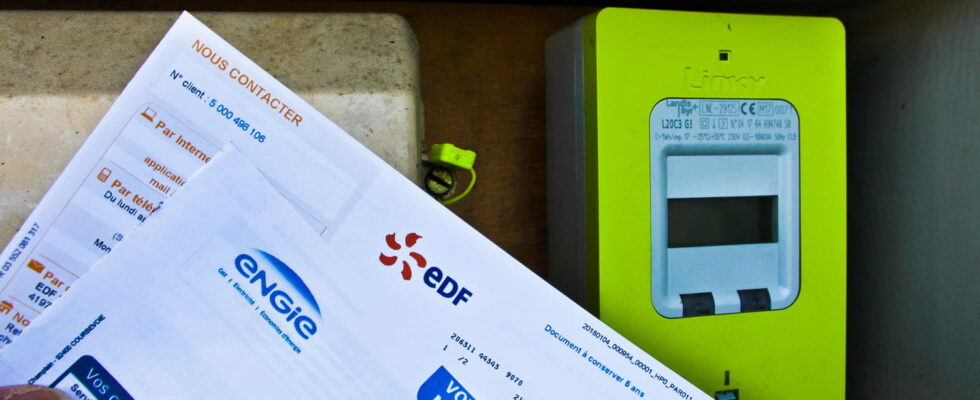15 million French people risk being affected by this reform.
It’s a small revolution that’s coming and which will affect millions of French people. While the question of the price of electricity is one of the hot topics of the moment and a reduction in the bill is announced for some households, new changes in pricing are about to be introduced during months to come. And this could be harmful for the finances of the households concerned.
Today, 35 million homes are connected to the electricity network. Two types of offers are possible: one with the same price regardless of the time at which the energy is used; another with a price that varies depending on the schedule. This is the principle of peak and off-peak hours. A system which will soon be revised and which affects 15 million households.
When you choose a peak and off-peak contract, the supplier offers a daily range of eight off-peak hours, which it defines itself. For Nicolas, living in eastern France, his off-peak hours are defined between 11 p.m. and 7 a.m. Martin, based in the south of the country, has his off-peak hours from 7 p.m. to 4 a.m. For her part, Monique, from Seine-et-Marne, has her off-peak hours distributed differently: from 12:30 p.m. to 2:30 p.m. and from 12 a.m. to 6 a.m.
When they use electricity in these slots, they pay a price around 30% lower than a fixed offer. Outside these hours, however, the price is almost 10% higher. But that will change. A reform of off-peak hours is being studied to better distribute electricity consumption throughout the day and throughout the country, throughout the year.
According to the project submitted by the Energy Regulatory Commission (CRE), French people who have off-peak hours between 7 a.m. and 11 a.m. and 5 p.m. and 11 p.m. should see their times shifted and vary according to the season: the off-peak hours of the period November-March will not be the same as in the April-October period. Adjustments linked to the abundant production of photovoltaic energy in summer and to time periods where consumption is high which are different depending on the season.
For example, for Nicolas, his off-peak hours should not change in winter. On the other hand, in summer, they could go from 11 p.m. to 5 a.m. and from 12 p.m. to 2 p.m. Martin should see his off-peak hours be split in two: from 10 p.m. to 4 a.m. in winter and from 11 p.m. to 5 a.m. in summer, then from 2 p.m. to 4 p.m. all year round. As for Monique, her hours may not change.
A change from off-peak to peak hours means an increase in the bill. If the number of off-peak hours does not change and could even increase, this system could become much less interesting, even though it has many limitations. “The peak/off-peak hours contract makes sense if you consume at least 50% of your electricity during off-peak hours, otherwise it is of no interest. By consuming during peak hours, you pay consumption per KwH which is much less advantageous”, explains Adeline Jubert, director of the daily expenses division at Meilleurtaux, to RMC Conso.
So beware of the soaring bill. The CRE and Enedis, responsible for electricity distribution, have not yet established the precise terms but this change should begin in 2025.

